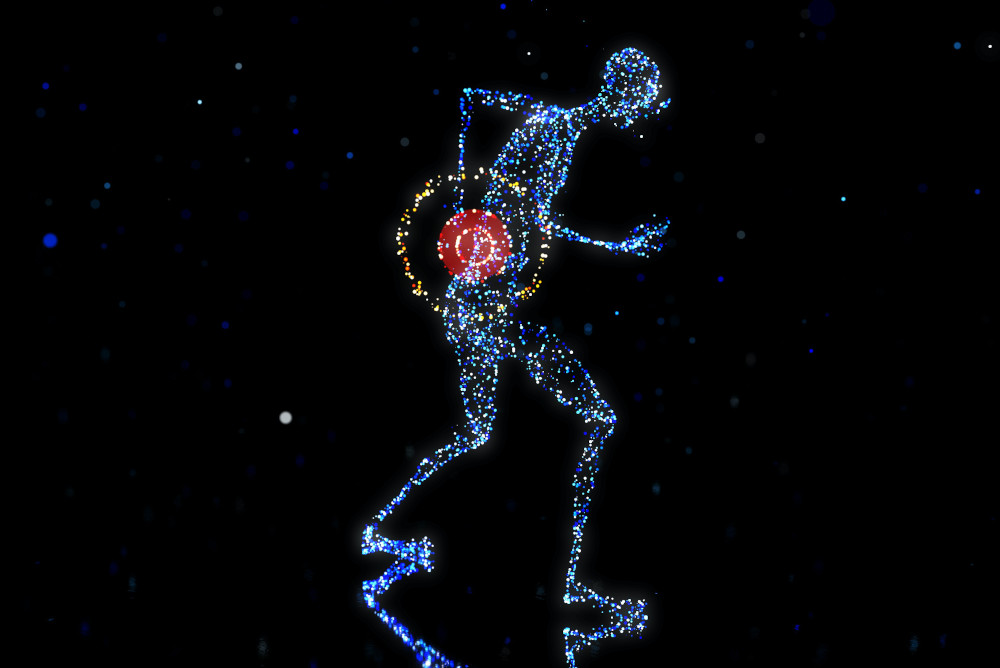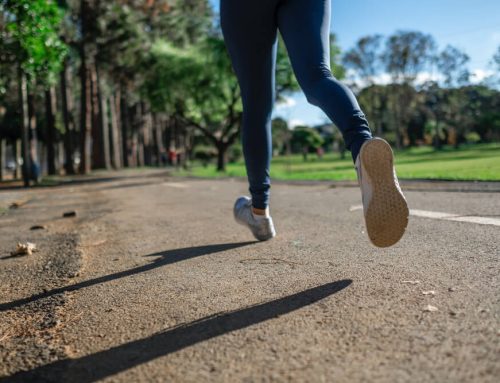If you’ve landed here you may be wanting to know more about Sciatica. Running injuries tends to relate to bone, muscle and other soft tissues. Nerve pain is one of the more common injuries runners encounter. Learn more about sciatica pain and how to handle it.
What Is Sciatica Pain?
Sciatica refers to a sharp and sometimes numbing sensation that travels the length of the sciatic nerve, from the low back through the buttock and into the leg. While it shouldn’t cause you to stop running, you should visit a physical therapist to figure out the root cause. Since “sciatica” is sometimes used as a catchall term for leg nerve pain, it’s important to first determine if it is truly a nerve issue you’re dealing with.
Sciatica Symptoms
The most common symptoms are numbness, tingling or burning pain in the leg or weakness in the muscles of the leg or foot.
For many people, sciatica feels like lower back pain that shoots down the back of one leg. Symptoms are worsened by prolonged sitting. Sciatica is often caused by a bulging disc, bone spur, or narrowing of the spinal canal. A doctor or physical therapist can help you diagnose whether or not your pain is sciatica.
Sciatica Itself Is a Symptom, Not a Cause
It is important to understand that sciatica is a symptom of a larger issue in the kinetic chain. Depending on where the nerve is pinched or inflamed, an athlete may experience discomfort in different parts of the back, leg and foot. Perhaps the most common cause of sciatica is a herniated disc, which irritates the nerve. Similarly, disc degeneration can also inflame the nerve at its root, causing pain and discomfort.
In runners, piriformis syndrome is another common culprit. A muscle located deep in the hip area behind the gluteus maximus that goes from the pelvis to the femur, it sits adjacent to the sciatic nerve and, for a small portion of people, runs directly through the muscle. The piriformis aids in the rotation of the hips during running and can cause pain when it gets tight or inflamed during training.
The sooner you get in to see an expert, the less likely you’ll end up with a bigger problem in the future.
Running with Sciatica Pain
Running with sciatica varies on a case-by-case basis. Whether or not you’ll be able to continue running with sciatica depends on pain level, location, and cause. Most of the muscles you use while running are attached to the sciatica nerve, so it is critical that you listen to your doctor’s recommendations to avoid worsening the issue.
Typically, if the cause of your pain is unidentifiable, you can continue light running. However, if your sciatica is caused by a medical condition such as a bulging disc, running may not be an option.
How to Treat and Prevent Sciatica
If you do continue running, adopt a consistent and thorough warm-up and cool-down. Stretch your hip flexors and glutes. Use hot baths and ice packs to treat the affected area to loosen surrounding muscles. If pain worsens during running, stop and seek help from a professional.
To prevent sciatica from recurring, focus on using proper running mechanics and maintaining good posture when sitting or standing.
Sciatica FAQs
Is it okay to run with sciatica?
In many cases, it is okay to continue light to moderate running with sciatica. However, this depends on the cause of your sciatica. Consult a doctor and avoid running if it makes pain worse.
What should you avoid if you have sciatica?
Avoid high-impact exercises that put strain on the sciatic region. Do not do anything that causes sharp pain or worsens pain.
How long it takes for sciatica to go away?
Recovery time depends on the cause of your sciatica, but the injury typically gets better in four to six weeks.
Sciatica Pain Summary
Remember, Sciatica is not the cause, it’ll be a symptom of a wider issue so it’s important to keep pushing for answers. For example, it could be cause by the chair you’re sitting on all day, or ischial bursitis which is trapping the sciatic nerve.
Consult a doctor or physical therapist who can help you diagnose whether or not your pain is sciatica. Professionals can then prescribe remedial actions which may include strengthening exercises.
If you’re looking for more injury advice, check out these links:






